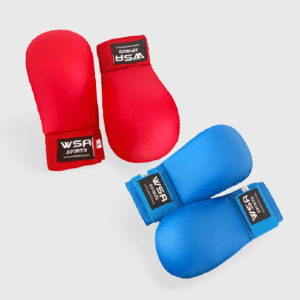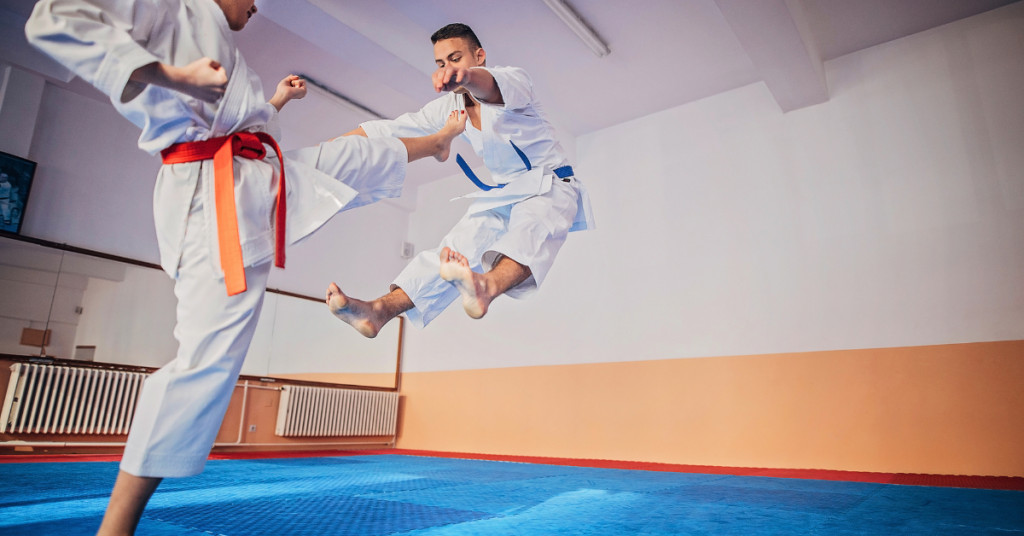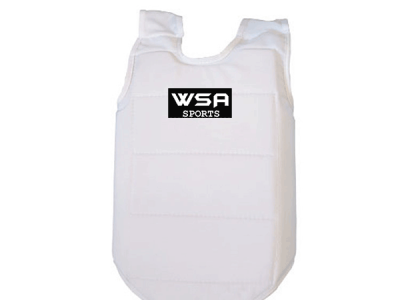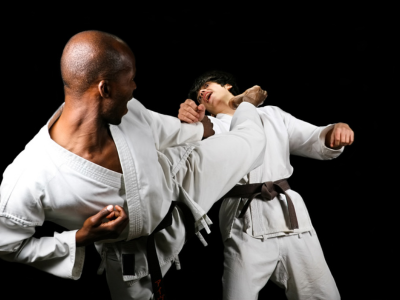

Introduction:
Karate is a martial art that demands discipline, focus, and dedication. As practitioners progress in their training, they must pay attention to their safety and protection. The chest guard is essential to ensuring safety during karate training. This article will explore its importance and numerous benefits in karate training.
Protection from Impact:
Karate involves strikes, punches, and kicks, making it a high-impact sport. By wearing it, practitioners can protect their vital organs, such as the heart and lungs, from direct hits and potential injuries. It acts as a barrier, absorbing and dispersing the impact energy, reducing the risk of bruising, fractures, or internal damage.
Safety During Sparring
Sparring is integral to karate training, allowing practitioners to apply techniques in a controlled environment. However, it also poses risks due to the forceful nature of strikes. Wearing a chest guard provides extra protection during sparring sessions, minimising the chances of injuries caused by accidental or intense contact. This allows participants to engage in realistic training while minimising potential harm.
Confidence Booster:
The psychological aspect of training is vital in martial arts. When karate practitioners wear a chest guard, they feel more secure and confident during training sessions. This increased confidence translates into better performance and focus, enabling them to execute techniques more precisely and intensely. Knowing they have adequate protection gives practitioners the peace of mind to push their boundaries and strive for improvement.
Extended Training Sessions:
Karate training sessions can be physically demanding, and fatigue may arise as the session progresses. Wearing a chest guard can alleviate physical strain by reducing the impact felt during practice. The guard’s cushioning effect on strikes and blows helps to minimise muscle soreness and fatigue, allowing practitioners to train for longer durations without compromising their performance or risking injury.
Development of Timing and Accuracy:
Karate emphasises precision and timing, which are fundamental skills for any practitioner. It enables practitioners to practice their strikes accurately, as they can focus on hitting the target area on guard. This training aids in developing better hand-eye coordination, muscle memory, and reflexes, ultimately enhancing the overall skill set of the karateka.
Injury Prevention and Recovery:
Injuries can hamper progress and hinder training consistency. By wearing a chest guard, karate practitioners significantly reduce the risk of sustaining serious injuries to the chest area. Moreover, if a practitioner is recovering from a previous injury, it can provide additional support and protection during training, aiding the healing process and preventing further damage.
Conclusion:
Safety should always be a top priority in karate, and utilising appropriate protective equipment is essential. It is a valuable tool that offers protection from high-impact strikes, enhances safety during sparring, boosts confidence, and allows for extended training sessions. It also helps develop timing, accuracy, and coordination while aiding injury prevention and recovery. By incorporating a chest guard into their training regimen, karate practitioners can ensure a safer and more rewarding martial arts journey. Remember, protecting yourself today leads to progress tomorrow.

